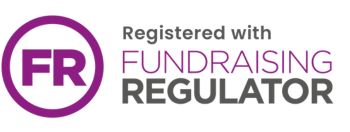A famous case illustrates how recognition of human faces can be specifically impaired by brain injury. The study, first reported in 1993, described a man better at identifying sheep than people.
The patient, a 51-year-old man known as WJ, suffered from severe prosopagnosia after three strokes. He was shown to be unable to name almost all famous faces presented to him and incapable of judging the age, gender and expression of faces. However, he subsequently became a farmer and developed a remarkable ability to recognise and name individual sheep.
Experiments compared WJ's ability to recognise people and sheep with subjects who were also sheep farmers but didn't have a brain injury. He was able to recognise both sheep 80-90% of the time but only 25-50% of human faces. The control subjects showed the opposite pattern and even the experienced farmers found the sheep incredibly difficult to recognise, complaining that they "all looked the same".
WJ went on to learn to recognise individual members of many visually different breeds of sheep, yet he never overcame his prosopagnosia. He also performed normally on other tests of shape and object detection. This story provides further evidence of the special significance of human faces within our brains.
Reference
McNeil, J. & Warrington, E. (1993) Prosopagnosia: A face-specific disorder. The Quarterly Journal of Experimental Psychology, 46A (1), 1-10.
Back









